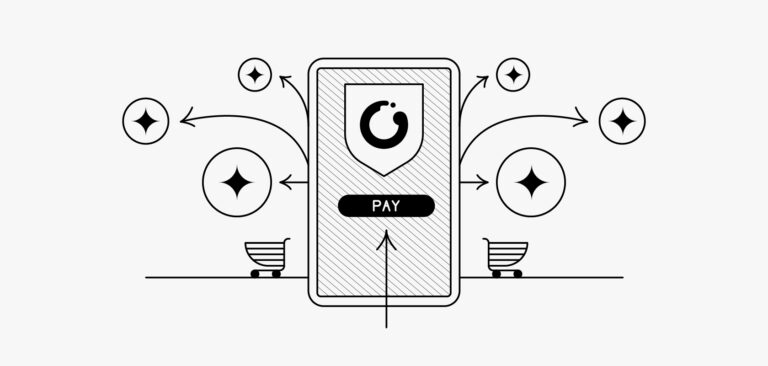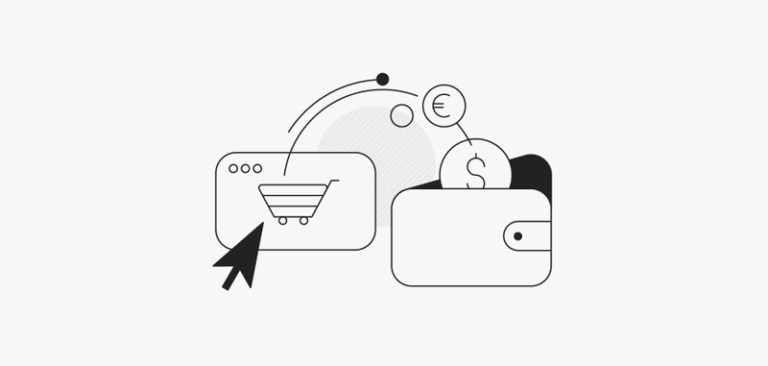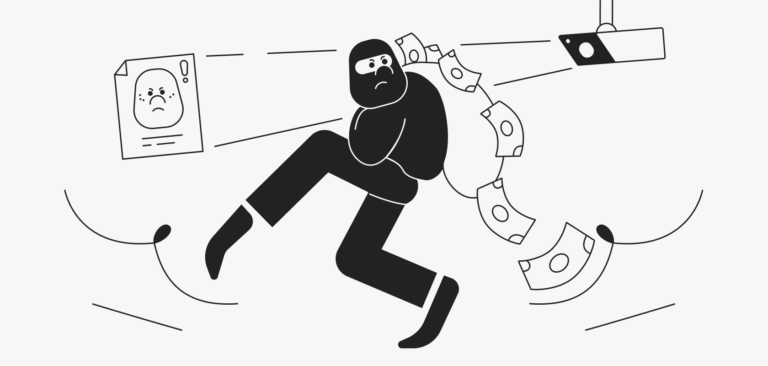While outsourcing practices have been common for decades, automation is rapidly becoming increasingly more common across the world.
While bringing with it numerous new opportunities, it also opens up new avenues for fraudulent activities. Attackers deploy bots, fraud farms, or a combination of the two, to maximize profits with the least possible investments[1] ,putting more risk on growing e-commerce sellers.
In Q1 2021, human-driven fraud volumes doubled from Q4 2020. Retail companies were also damaged. It is estimated that globally, businesses lost ca. $42 billion to fraud in 2020. These attacks are generally carried out by fraud farms – organized operations of workers that are deployed to attack at scale and circumvent anti-bot defenses.[2] Another relevant form of attacks are the so-called “cyborg attacks” that employ a mix of fraud farms and bots to maximize their capabilities. They, which can inflict significant damage while keeping down the costs for the attacker.
Cybersecurity is atopic that’s often overlooked by many businesses. However, reliance on luck can lead to great losses in both customer trust as well as the financial ones. To protect themselves from those types of attacks, e-commerce sellers can put in place simple measures that would greatly increase their security.
Establishing an up-to-date security system
One of the most fitting analogies for the web security can be health. Just as regular health check-ups are a necessity for maintaining good personal health, regular website audits are crucial for staying up-to-date with latest security standards and being able to combat new threats.
But even before it, a necessary step is the establishment of security system and procedures for your platform. That includes answering questions on how user data is stored, what is the authentication process on the website, does it require a two-factor authentication and is the website code itself free of vulnerabilities. That stage usually requires an involvement of a professional pen tester or web security expert and is an absolute necessity for every website that is used for financial operations, such as selling goods.
Employing secure payment methods
The moment of payment is the most vulnerable part of each transaction, as it is the moment where money is exchanged. And considering that, an untrustworthy payment method can be heavily exploited by attackers.
One of the most effective ways to prevent this are either to you only the most secure and trusted payment providers, or to implement secure payment gateways, likeZEN.com, that can easily integrate with the web-platform and allow buyers to choose their preferred payment method, out of a list of trusted payment methods.
Eliminating chargebacks resulting from frauds
Chargebacks are often seen as an unavoidable consequence of running an e-commerce business. However, tweaks to the website’s policies and security regulations can be used to decrease their number.Friendly fraud and chargeback fraud are responsible for 56% of a merchant’s fraud losses[3]. More than that, 49% of friendly fraud chargebacks start as simple misunderstanding.
The way to avoid that is to set up an internal procedure of handling chargebacks or get assistance from the outside.ZEN.com handles chargebacks for merchants, allowing them to focus on their business operations instead of handling chargebacks, which is a way to reduce security risks and unnecessary costs associated with chargebacks.
By employing these strategies, e-commerce sellers can optimize their web-platform experience for maximum security and avoid endangering their bottom line, but even more importantly, their customers.
Sources:
[1] The new face of fraud is supplementinghuman-driven fraud – Payment Card Yearbooks (paymentyearbooks.com)
[2] The new face of fraud is supplementinghuman-driven fraud – Payment Card Yearbooks (paymentyearbooks.com)
[3] The True cost of Fraud™Study | LexisNexis Risk Solutions




